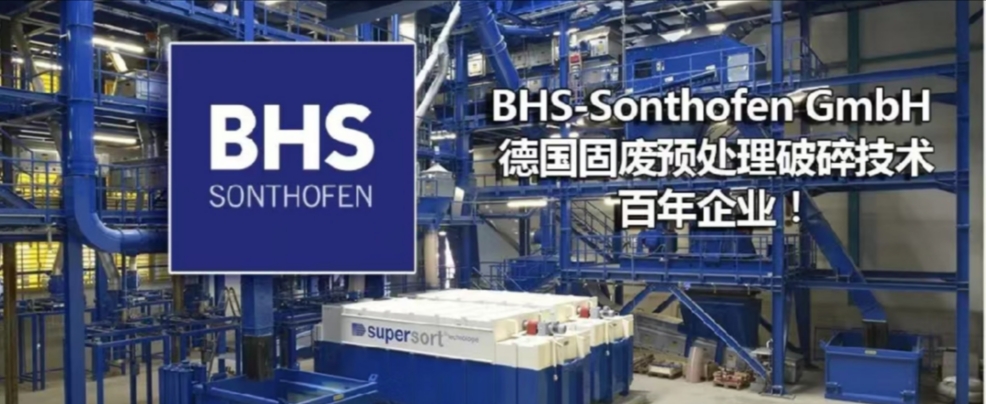新的电池回收厂和铁-空气储能项目助力美国能源自主

Crimson 能源存储项目,太阳能。更多:原始公共领域图像来自Flickr
俄亥俄州的庞大锂电池回收工厂和缅因州超大规模铁空气电池存储项目正在推动美国电动化进程。
这两个项目旨在提高美国的能源可持续性和弹性——一个是通过回收关键材料以降低对进口和采矿的依赖,另一个是通过改善长期能源存储,这是将可再生能源添加到电网的关键。
据 Canary Media报道,位于俄亥俄州兰开斯特的 Cirba Solutions 已完成其电池回收工厂大规模扩建项目的第一阶段,材料回收工作已在进行中。该项目耗资 4 亿美元,获得了 8200 万美元的联邦拨款,预计 2026 年全面扩建完成后,每年将从废旧电池中生产 15,000 吨“黑块”。Cirba 表示,这种粉状物质富含关键矿物盐,足以为近 250,000 个新电动汽车电池供电,约占当前需求的四分之一。
与此同时,新英格兰出了名的脆弱电网将获得一定程度的恢复力,这要归功于联邦政府为大型铁空气电池项目提供的 1.47 亿美元资金,Canary在另一份报告中写道。“该项目将能够向电网注入 85 兆瓦的电力,并将该放电水平维持长达 100 小时。”
该铁空气电池工厂由总部位于马萨诸塞州的 Form Energy 公司开发,利用低成本、低风险的“可逆生锈”化学原理发电,将建在缅因州林肯市的一座旧造纸厂旧址上。
Form Energy 表示,铁空气电池的储能成本仅为锂离子电池的 10%(以瓦时计算),而铁是“世界上第四大最广泛使用的元素”。新闻报道称,铁空气电池“不会像锂离子电池那样偶尔起火或爆炸”。
承诺的8500兆瓦时的存储容量——大于当今世界上任何运行的电池厂——将有助于解决新英格兰的电网问题:由于国内天然气来源很少,该地区依赖外国进口来维持照明,这在冬季成为一个问题,“因为家庭供暖会优先使用燃料”。
Canary Media 解释称,在电力需求旺盛时,发电厂有时不得不改用燃油。“负责运营电网的该地区独立系统运营商已经模拟了电网可能长时间断电的可能情景,而且这种情况可能发生的方式有很多。”
100 小时的存储容量远远高于锂离子电池通常提供的四到五小时。
Form Energy 的铁空气电池系统在新兴的非锂长时储能 (LDES) 领域占有重要地位。唯一明显的缺点是它的重量。但 Form 对这个问题持乐观态度,并指出“如果它们用于公用事业规模的储能系统,这实际上没有任何缺点。”
随着可再生能源迅速取代电网中的化石燃料,美国意识到迫切需要比锂离子电池更长期的存储。据Microgrid Knowledge报道,为了应对这一挑战,美国能源部最近宣布拨款 1 亿美元资助容量超过 10 小时的 LDES 试点示范。关于 LDES 系统如何与微电网完美结合的研究也在加速进行。
原文:
New Battery Recycling Plant, Iron-Air Storage Project Boost U.S. Energy Autonomy
A behemoth lithium-battery recycling plant in Ohio and a mega-scale iron-air battery storage project in Maine are supercharging the United States effort to go electric.
Both projects are meant to boost energy sustainability and resilience in the U.S.—one by salvaging critical materials to lower dependence on imports and mining, the other by improving long-term energy storage, which is key to adding renewable energy sources to the grid.
In Lancaster, Ohio, Cirba Solutions has completed the first stage of a huge expansion project at its battery recycling plant, with materials recovery already under way, reports Canary Media. When the full expansion is complete by 2026, the US$400 million project—which received US$82 million in federal grants—is slated to produce an annual 15,000 tonnes of “black mass” from used batteries. This powdery substance is rich enough in critical mineral salts to power nearly 250,000 new electric vehicle batteries, or around one-quarter of current demand, says Cirba.
Meanwhile, New England’s notoriously vulnerable power grid will gain a measure of resilience, thanks to $147 million in federal funding for a huge iron-air battery project, Canary writes in a separate report. “The project would be able to inject 85 megawatts of power onto the grid, and maintain that level of discharge for up to 100 hours.”
Developed by Massachusetts-based Form Energy, the iron-air battery plant—which uses the low-cost and low-risk chemistry of “reversible rusting” to generate electricity—will be built at the site of an old paper mill in Lincoln, Maine.
Form Energy says iron-air batteries deliver storage at just 10% of the cost of lithium-ion batteries on a watt-hour-by-watt-hour basis, iron being the “fourth most widely available element in the world.” And iron-air batteries won’t “catch on fire or blow up in the way that lithium-ion batteries occasionally do,” the news story states.
The 8,500 megawatt-hours of promised storage capacity—greater than any battery plant running in the world today—will help redress New England’s grid woes: with little in the way of domestic gas sources, the region is dependent on foreign imports to keep the lights on, which becomes problematic in winter “because home heating gets first dibs on the fuel.”
In times of high demand, power plants sometimes have to switch to burning oil, Canary Media explains. “The region’s independent system operator, which runs the grid, has modeled likely scenarios in which the grid could run out of power for extended periods of time, and there are a lot of ways that could happen.”
The 100-hour storage capacity is much higher than the typical four to five hours that lithium-ion batteries provide.
Form Energy’s iron-air battery system looms large in the nascent sector of non-lithium long-duration energy storage (LDES). The only apparent drawback is its weight. But Form is sanguine about this issue, noting “this is really no disadvantage at all if they are employed in utility-scale storage systems.”
As renewable energy rapidly replaces fossil fuels on the grid, the U.S. is recognizing the pressing need for longer-term storage beyond what lithium-ion batteries can offer. To meet that challenge, the U.S. Department of Energy recently announced US$100 million to fund LDES pilot demonstrations with capacities exceeding 10 hours, reports Microgrid Knowledge. Research into how well LDES systems integrate with microgrids is also picking up steam.
From:Energy Mix Productions Inc.
Primary Author: Compiled by Gaye Taylor
- 2024-10-15
- 2024-09-24
- 2024-09-24
- 2024-09-11
- 2024-06-19
- 2024-06-13
- 2024-06-11
- 2023-11-08
- 2023-11-03
- 2023-07-19
- 2023-07-06
- 2023-07-05
- 2023-07-05
- 2023-06-28
- 2023-06-20
- 2023-06-19
- 2023-05-31
- 2023-05-31
- 2023-05-26
- 2023-05-26
- 2023-05-25
- 2023-05-24


















